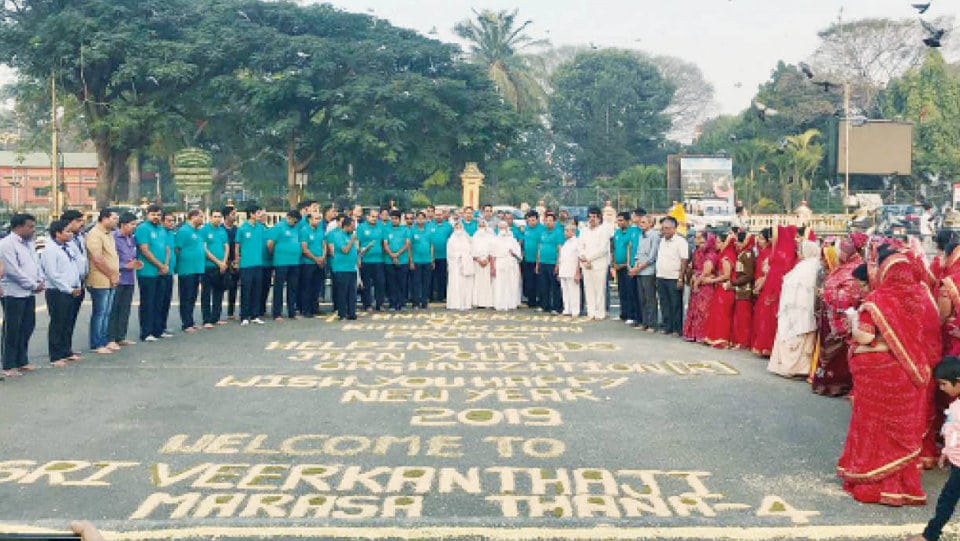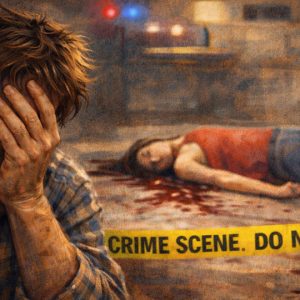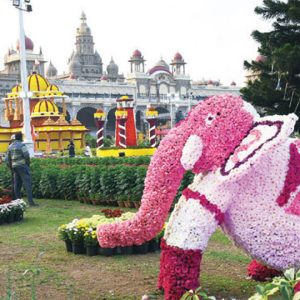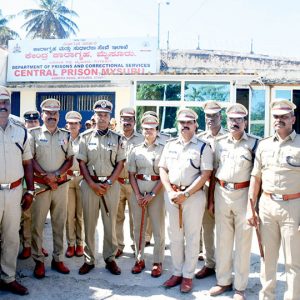Mysuru: Helping Hands, a Jain youth
Pujya Sri Veerkanthaji Marasahib Adhi Thana 4 graced the occasion.
President of Helping Hands Mahaveer Khabiya, who welcomed Pujaya Marasahib, office-bearers of Helping Hands, Members of various Sangh and Mandals and organisations highlighted the activities of Kabutar Daan Project.
Meanwhile, Helping Hands Founder Rajan Baghmar said that the project was started on Jan. 1, 2015 after being inspired by a tourist and has now completed four years due to the blessings of gurus, elders, support from well wishers and contributions from various donors and hard work of all the team members.
Pujyasri Arpithaji Marasahib speaking on the occassion said that King Meghrath who sacrificed his body to save the life of one pigeon and became the 16th Jain Thirthankar Lord Shantinathji. Pujyasri also focused the importance of Daan and said that all should join hands for this noble cause. Pujyasri Veenaji Marasahib gave Manglik to Pigeons and members.
Helping Hands Secretary Anand Patwa, Treasurer Rajan Baghmar, B.A. Kailashchandji Bohra, Budhmalji Baghmar, Kanthilalji Gulecha, Gouthamji Salecha, Anand Saklecha, Manoharlalji Sankla, Mehandar Singh Rajpurohith, Kanmalji Darla, Gouthamji Singhvi,
Follow Star of Mysore on Instagram www.instagram.com/starofmysore








It is well documented that Pigeon droppings are corrosive and can damage stone used in buildings as well as zinc, copper, lead, aluminium and iron.
It is also considered a health hazard as pigeons are able to carry and spread a number of diseases that can affect
human health. Around public catering areas they can contaminate food with food poisoning bacteria, including Salmonella, E. coli and campylobacter species. Where droppings and nesting materials are allowed to build up, disease organisms causing diseases such as Psittacosis, which can lead to permanent lung damage, can occur. When the dust is disturbed it can be inhaled directly to the lungs.
Is it wise to encourage this ostensibly benign and benevolent Act ? I think some serious study in this regard by health authorities and Heritage conservationist is very much required.
Read: https://www.english-heritage.org.uk/siteassets/home/learn/conservation/collections-advice–guidance/feral_pigeons_-_fact_sheet_13.pdf